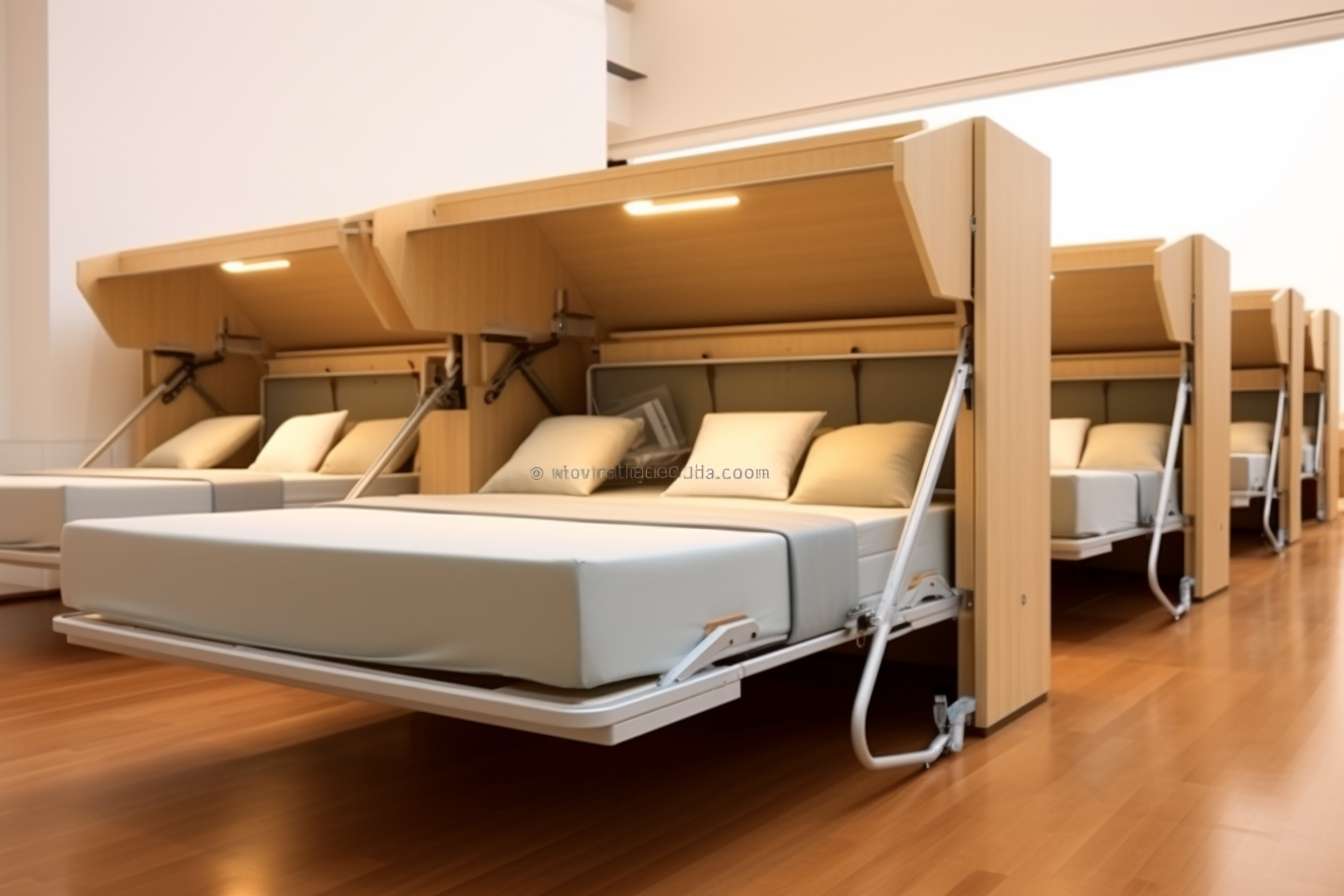Insurance and Running Costs for UK Microcars Without a Full Licence
Choosing a microcar in the UK can be appealing if you don’t hold a full car licence. This article explains what’s legally allowed, how insurance works for quadricycles, and what to expect for day‑to‑day running costs such as electricity, servicing, tyres and tax. It also outlines financing options and highlights models often considered by new and older drivers.

Microcars—often classed as light or heavy quadricycles—promise low-speed urban mobility, simple charging from a standard socket, and compact footprints that suit tight parking. For people who do not hold a full category B car licence, understanding what can be driven legally, how insurance is arranged, and the real cost of ownership is essential. This guide focuses on UK rules, practical budgeting, and where these vehicles fit best for short, local journeys in your area.
Compact electric options without a full car licence?
In the UK, many road‑legal microcars are registered as quadricycles in categories L6e (light, typically limited to 28–30 mph) or L7e (heavy, faster and heavier). If you do not hold a full category B licence, you may still be able to drive certain L6e models with an AM moped licence from age 16. Popular examples include the Citroën Ami and models from Aixam and Ligier Microcar. Heavier L7e vehicles, such as the Renault Twizy, generally require B1 (on some older licences) or a full B licence. Always check the exact category on the V5C and your licence entitlements before buying.
Are there licence‑exempt cars in the UK?
A comprehensive look at licence exempt cars and their drivers must begin with an important clarification: there are no fully licence‑exempt, road‑legal microcars in the UK. To drive on public roads, you need an appropriate entitlement (AM, B1, or B depending on vehicle category). Mobility scooters and certain off‑road buggies are different classes and cannot be treated as cars for normal road use. If your aim is to drive without passing a car test, your realistic path is an AM entitlement with an L6e quadricycle, staying within the vehicle’s speed and use limits.
Benefits of microcars for non‑full licence holders
Benefits of microcars for individuals without a full driving licence include low running costs, simple home charging, and small footprints that ease parking in built‑up areas. Energy use is modest—many L6e/L7e EVs consume roughly 0.10–0.15 kWh per mile—so a typical domestic electricity tariff can translate to only a few pence per mile. Insurance can be available via specialist brokers familiar with quadricycles. For short commutes, school runs, or errands, microcars can reduce emissions and congestion impact compared with larger vehicles. Note that safety standards for quadricycles differ from full passenger cars, so they are best suited to slower, local roads.
Microcar financing: credit and loan alternatives
Understanding microcar financing: an overview of credit and loan alternatives usually includes three routes. First, manufacturer or dealer finance (such as HP or PCP) may be offered on new or nearly new vehicles like the Citroën Ami through official UK channels. Second, a personal loan from a bank or building society allows you to buy outright and repay in fixed installments. Third, some buyers use credit unions for community‑based lending. Eligibility, APRs, and deposit requirements vary by lender and your credit profile. Always check total amount payable, early settlement rules, mileage/condition terms on PCP, and any fees. For used vehicles, confirm battery ownership versus any legacy lease agreements.
Microcars for older drivers and learners
Showcasing microcars for elderly individuals and drivers without a full licence involves focusing on ease of use and practicality rather than speed. Features to look for include upright seating for comfortable ingress/egress, good visibility, robust weather protection versus scooters, and simple controls. Many microcars charge from a 3‑pin plug, avoiding public network complexity. Some local services also provide adaptation options (e.g., hand controls) where appropriate. Given lower crash protection compared to full cars, consider routes with calmer traffic and keep journeys short. Insurance for older or inexperienced drivers can be available, but premiums reflect risk, claims history, security, and annual mileage.
Real‑world insurance and running cost estimates Below are indicative UK figures to help with budgeting. These are broad ranges for typical private use and assume home charging where possible. Insurance often requires specialist brokers experienced with quadricycles.
| Product/Service | Provider | Cost Estimation |
|---|---|---|
| Citroën Ami (L6e EV) | Citroën UK | Electricity roughly 3–4p per mile at typical domestic rates; routine servicing commonly modest for annual checks; insurance often in the £350–£800/yr range via specialist brokers. |
| Renault Twizy (L7e EV, used) | Renault retailers/used market | Electricity about 3–5p per mile; confirm whether a legacy battery lease applies on older models; insurance frequently £400–£900/yr via niche providers. |
| Aixam City e (L6e EV) | Aixam UK dealers | Electricity roughly 3–4p per mile; servicing and tyres relatively low due to size; many owners report specialist insurance in the £450–£950/yr band. |
| Quadricycle insurance | Adrian Flux (broker) | Policies for L6e/L7e commonly quoted in the c. £300–£900/yr range depending on driver profile, location, mileage, and security. |
| Quadricycle insurance | A‑Plan (Howden) (broker) | Specialist policies often arranged for microcars, with premiums varying widely by risk factors and vehicle category. |
Prices, rates, or cost estimates mentioned in this article are based on the latest available information but may change over time. Independent research is advised before making financial decisions.
Beyond premiums and electricity, factor in tyres (small sizes can be £40–£80 each depending on brand), occasional brake service, wipers, bulbs, and consumables. MOT is required from the third anniversary of first registration. Most electric quadricycles fall into an electric tax class that has historically been £0, though government policy continues to evolve; check DVLA for the current position and any changes that may introduce a standard annual rate. Parking, tolls, and city charges vary by local authority; some emissions‑based discounts may apply to electric vehicles, but schemes change, so verify details before relying on them.
Conclusion Insurance and running costs for UK microcars depend primarily on licence category (AM/B1/B), vehicle class (L6e/L7e), and usage patterns. While these compact EVs can be inexpensive to run, premiums fluctuate with driver profile and location, and not all mainstream insurers cover quadricycles. Electricity and maintenance outlays are typically low for short, local journeys, especially with home charging. Check licence entitlements carefully, verify battery ownership on used vehicles, and compare quotes from specialist brokers to build a realistic, up‑to‑date budget.




